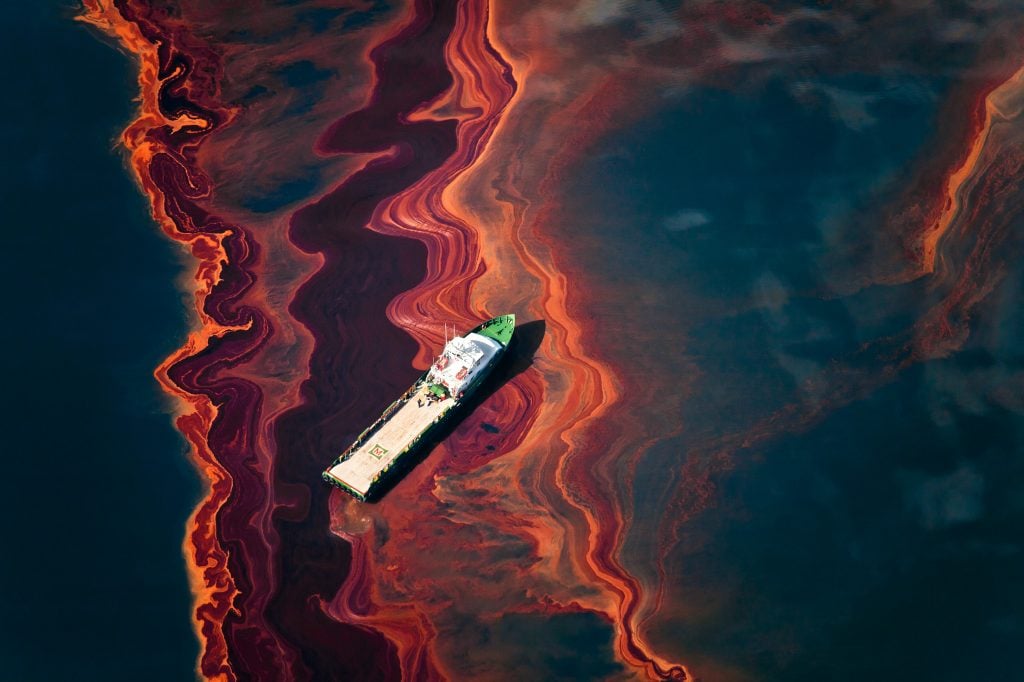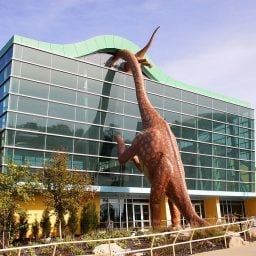It’s almost impossible to think about San Francisco without thinking about its landscape: the bay, the Golden Gate Bridge, the 1989 Earthquake. California’s Golden City, a boom-and-bust town with an economy, immigrants, and urban identity so tied to its environment, that the climate itself is a central character in San Francisco’s story.
It was no surprise then that when For-Site Foundation founding director Cheryl Haines began to consider the next exhibition for the Bay Area-based organization, the climate crisis would be its central query. In the last decade, the city has been plagued by drought and fire, they too becoming local residents in the psyche of San Francisco. But it was when the National Park Service all but tossed Haines the keys to Cliff House, the Victorian-era landmark leisure complex on the Pacific Ocean, that the theme of the new exhibition, titled “Lands End,” really began to take on tones that might otherwise not be there.
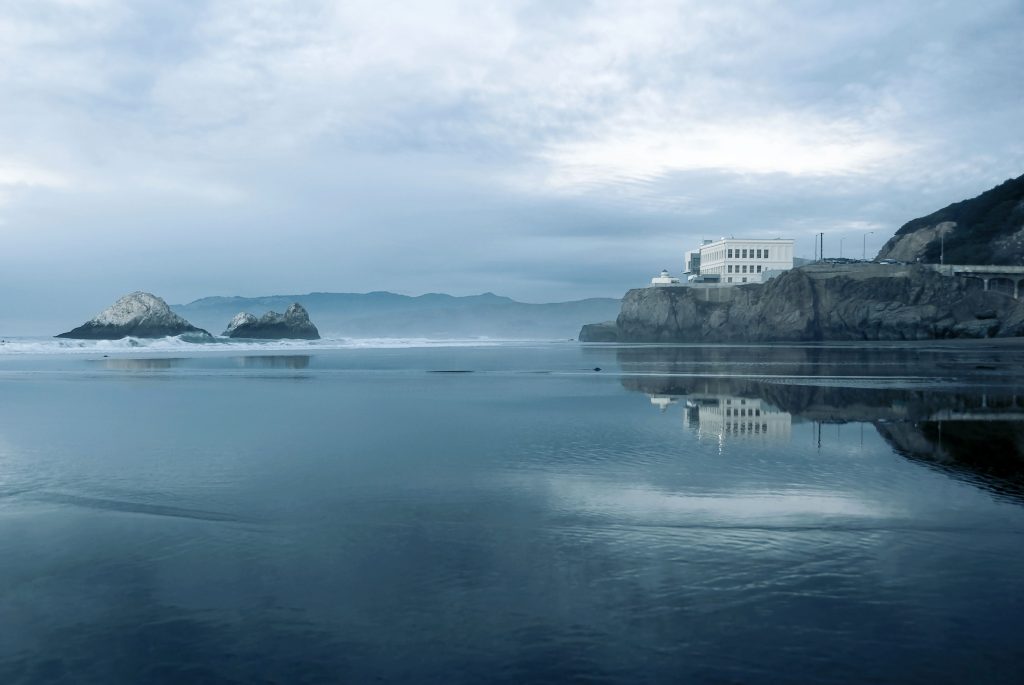
Cliff House, once the gilded getaway of the wealthy and later an overpriced tourist trap and wedding venue, fell prey to the pandemic and shuttered its doors on the last day of 2020. It remained unoccupied until last month, when For-Site opened the show there. It will occupy the space through March, free and open to the public, at which point the National Park Service hopes to have a new tenant.
Haines and her team had about six weeks to pull the exhibition together, and only in early September did they begin to install the works by 26 artists, including Doug Aitken, Andy Goldsworthy, Olafur Eliasson, and Ana Teresa Fernandez.
Despite the urgency and tattered timeline, Haines, who was also behind the 2014 Ai Weiwei show at Alcatraz, felt the exhibition was a necessary endeavor for the foundation: “Because we’re a project-based organization, we disappear in between projects,” she said. “We can’t stay financially viable if we’re quiet for too long.”

It felt uncomfortably ironic that the day I visited “Lands End,” while it was being installed last month, the Bay Area had just been battered by historic rainfall (effectively ending fire season, the other end of the region’s climate crutch). The water-logged fire alarm inside Cliff House wouldn’t stop beeping throughout the hour Haines took me around. (Sounding the alarm? So on the nose it could have served as a piece of art itself.)
Instead, inside the 1960s travel lodge rehabbed into a 1990s corporate structure, you’ll find sculpture, painting, video, and social practice works by an impressive roster of bold-named artists in a complete utilization of all spaces (including the trash room!). It’s evocative and ghostly, as well as quite literally a confrontation of our climate.
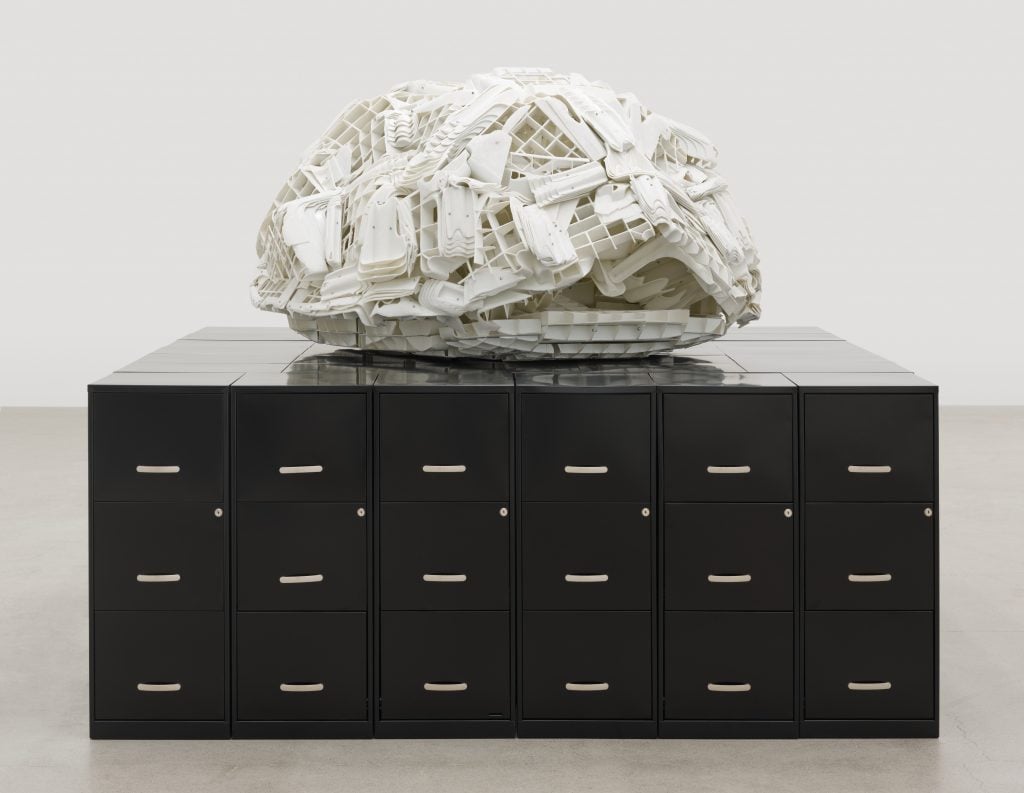
Brian Jungen, Tombstone, (2019). Courtesy of the artist and Catriona Jeffries, Vancouver, B.C.
Haines personally installed some of the commissions for artists who weren’t able to travel. Of his Geophagia, an experiment in California Kaolin clay, Goldsworthy said: “I wanted to see if it would be possible for me to make this work from a distance—it’s difficult for an artist for whom place is so important. Cheryl would have to be my hands.”
The clay is laid over dining tables in the former cafe space, cracking as it dries, and evoking the many themes of California: topography, drought, fault lines, fragile resources, and, as Goldsworthy said, “a reminder that when we dine, we eat earth.”
Meanwhile, Ana Teresa Fernandez’s site-specific On the Horizon (2021) is a series of six-foot-high plexiglass tubes, filled with ocean water collected in buckets from outside, materializing the projected sea-level rise.
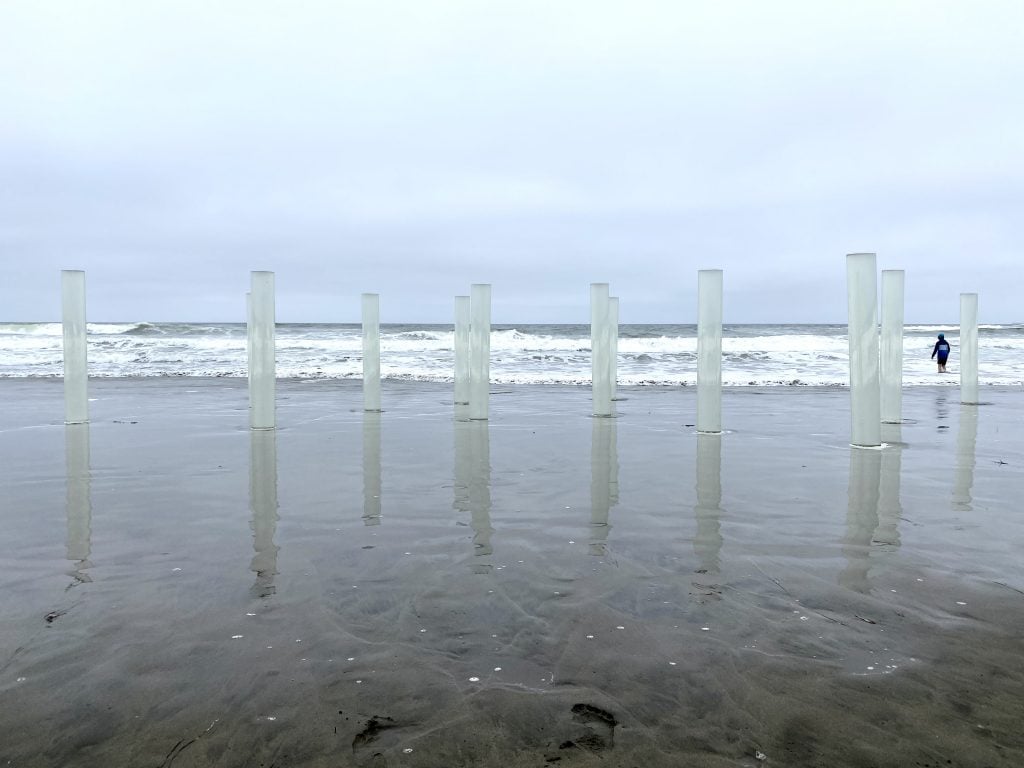
Ana Teresa Fernández, On the Horizon,(2021). Courtesy of the artist and Catharine Clark Gallery, San Francisco.
Andrea Chung offered Sea Change, a cyanotype not made with the climate in mind, but in her interest exploring Caribbean colonial histories. Hung near huge picture windows facing the ocean, Chung’s work echoes ideas of the “reshaping of land because of colonialism. What we know of the Caribbean is all imposed fantasy of trying to create the garden of Eden, and there are consequences to that that people don’t consider in altering the land.“
Though the exhibition is one of discovery—especially of art in unlikely places—that sparks dialogue about the changing nature of our world, “the artists I select don’t hit you on the head,” Haines said. “They’re not aggressive in their messaging, they’re inviting you to consider, and asking questions more than presenting answers.”
With a topic as existential, anxiety-provoking, and seemingly insurmountable as climate change, it was important that Haines frame the curation intentionally. “Beauty and seduction of beauty is always a device I’ve used to bring people to big ideas,” she said, “but I’m feeling it more in this show than I have in the past.”
